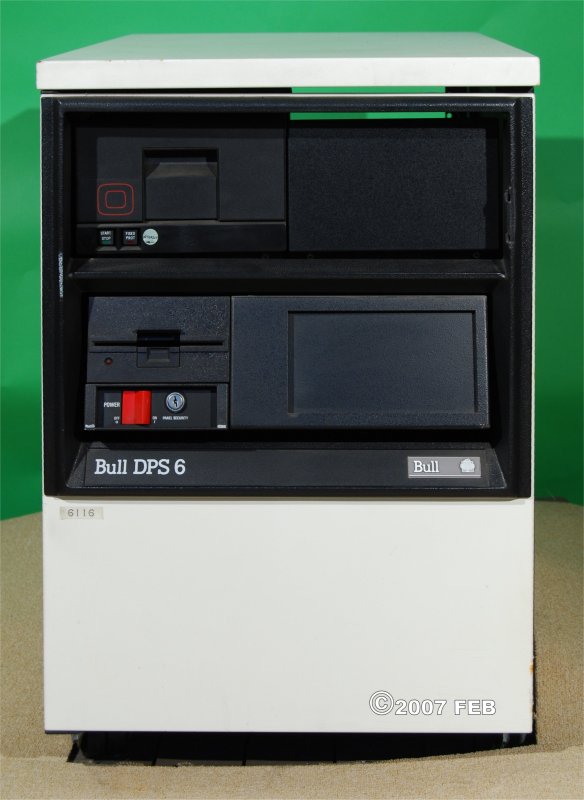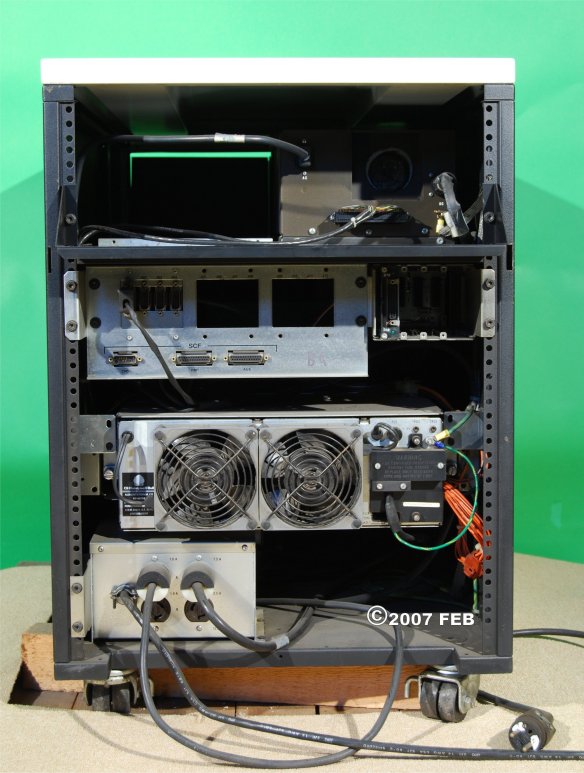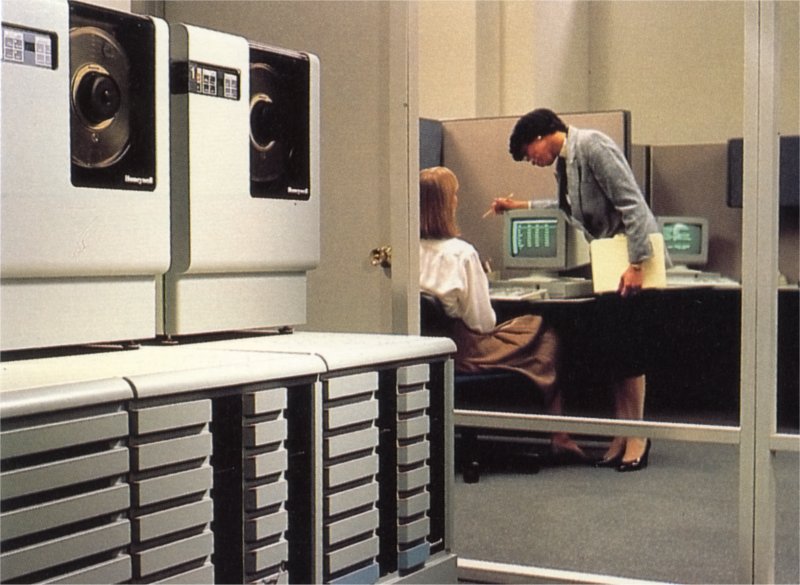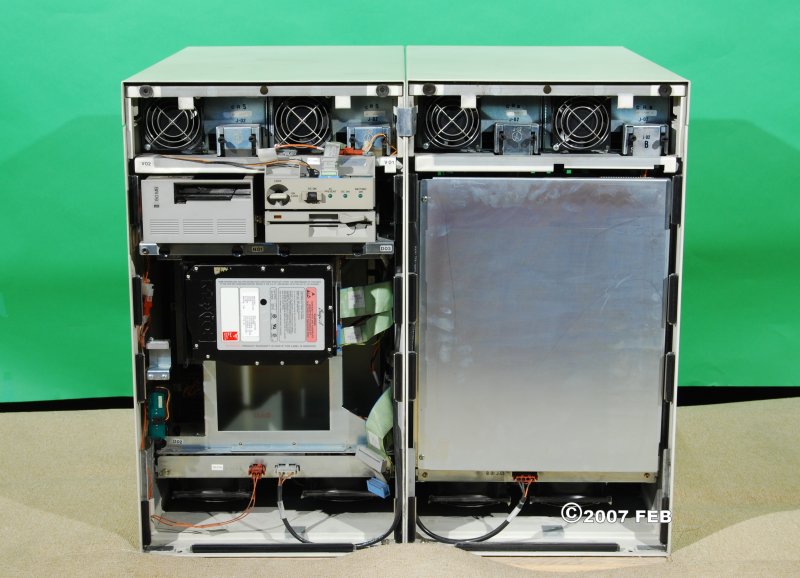|
Minicomputers Products Introduction In 1973, Honeywell
Information Systems started to revisit its strategy, that had been
focused essentially of mainframe business computers and that had lead to
close its minicomputers operation inherited from its CCC acquisition. Summary of GCOS 6 history such as seen from Paris So, the Honeywell
management asked its Boston operation engineering, that was somewhat idle after
the cancellation of the Level 64 P8 project in 1973, to start designing
a single board processor to be used as the central unit of a
minicomputer. The project was code-named NML (New Minicomputer Line) It was introduced in 1975,
as part of Series 60, under the name Level 6 by
Honeywell world-wide operations including Honeywell-Bull. Three versions of the operating system, with the same programming system, were contemplated to cover different specific needs. All of them were introduced under the name GCOS 6.
Mod 400 was to be the standard operating system for the line. Mod 600 remained devoted to a limited niche market. Special operating systems emerged in the late 1970s , like the SCOMP system for US Navy (designed by Honeywell Federal Systems), and DNS for the DSA network. processor (designed in CII-HB's Louveciennes) Manufacturing of Level 6 was taking place in Honeywell in Brighton and in France. Boards manufacturing took place in the Angers plant, while system assembling was transferred in 1981 at Joué-les-Tours. After received initially a favorable reception by the market, the Level 6 started to suffer from the 32-bits machines that DEC announced in 1975 and the answer to DEC's VAX by Data General and others. After the CII merger into Honeywell-Bull, the CII Mitra minicomputers were let behind in SEMS and CII-HB promoted heavily the Level 6, and renamed it Mini 6. CII-HB was entertaining a strategy to develop an autonomous Level-6 compatible minicomputer product line, sharing some developments but developed in parallel with Honeywell. Its investment in DNS operating system, the connection of French discs peripherals, the separate development of terminals were part of that strategy that persisted in the early 1980s. Marketing models from Bull and Honeywell were independently specified until 1985. The Level 6 product line was repositioned around 1982 as DPS-6, a name that was also adopted by Bull in 1983. Honeywell, as had DEC, had yet a limited choice of technology and extended that system initially by architecture improvements: using a 32-bits data path and related arithmetic, developing a multi-processor version, offloading arithmetic intensive operations in a Floating Point Systems coprocessor, offloading data base functions in the French Copernique data base machine. Those extensions were independently implemented during the 1980s. A single-chip processor was designed by the HISI's Italian engineers as an entry version of the DPS-6. Bull was reluctant to promote that version that had enjoyed a limited success. The emergence of UNIX lead Honeywell to envision a port of UNIX as well as connecting a UNIX co-processor under the form of a 68000 powered processor board. GCOS 6 Mod 400 was also becoming out of gas and, in the mid 1980s, Boston developers proposed to port Multics to a new version of Level 6 hardware (project Flowers). But the money was denied for developing the hardware (Honeywell was to sell its computer business, at that time). Another variant, a revival of Mod 600 objectives under OPUS code name, was proposed but was also terminated in August 1988. Another attempt to extend the life of GCOS 6 software was the development of an emulator on a MIPS R6000 bipolar RISC computer. This project did not reach its achievement, after a promising laboratory start, the business case of the R6000 being doubtful and, eventually Bull and MIPS divorced in 1991. The new management that
Bull had put in place in Boston in 1987 came from the minicomputer
market competition (DG and Apollo) and had not confidence with the GCOS
6 product line; nor had the French management that considered that the
other GCOS lines were already costing too much.
|
|
 |
 |
photos ©2007 d'une armoire d'un Bull DPS-6 conservé à FEB Angers

photo d'un DPS-6 Plus Honeywell

photo DPS-6000 ouvert